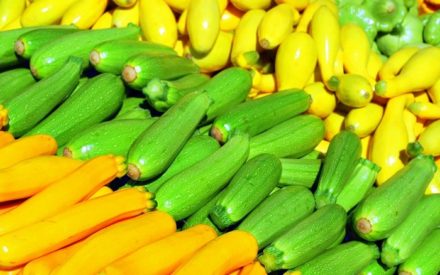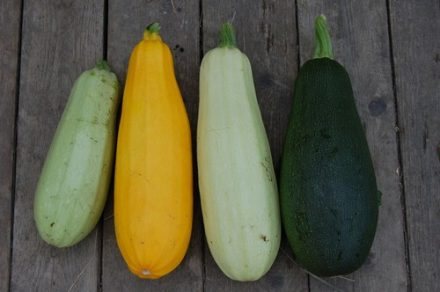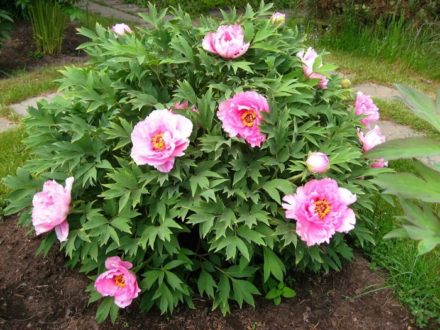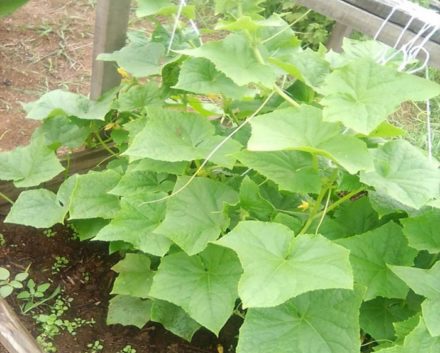Many gardeners enjoy planting zucchini. The culture is unpretentious and regularly produces good harvests. Zucchini is tasty and healthy. Original dishes are prepared from them and preserved for the winter. But despite the ease of cultivation, problems do occur. To avoid them, experienced gardeners follow the rules of planting and care, and fight garden pests and plant diseases.
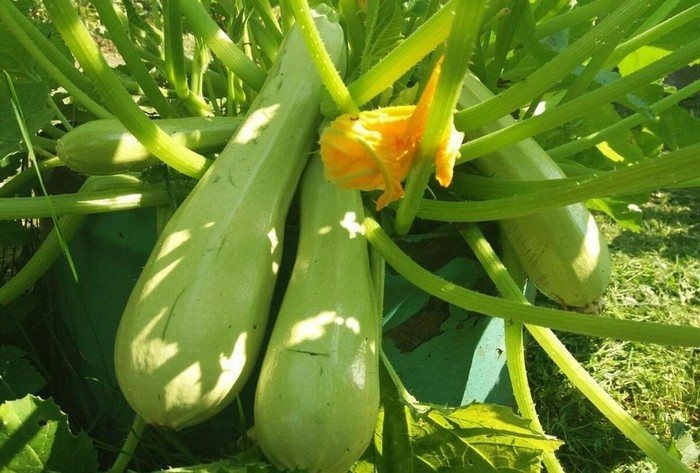
Problems during cultivation
There are difficulties, among which there are four common ones that require human intervention.
Problems when growing zucchini:
- refusal to grow;
- rotting culture;
- discharge of the ovary;
- irregularly shaped vegetable.
Difficulties arise for many reasons. But they can be solved if you listen to the advice of experienced summer residents.
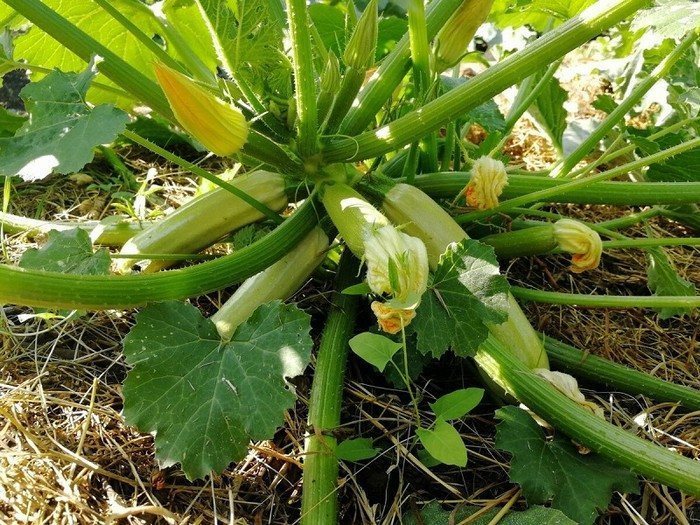
Refusal to grow
One of the reasons that zucchini does not grow is low-quality seeds. When purchasing seed material, look at the packaging. Choose something dense and durable, with mandatory information about the shelf life, the manufacturer, and his contact information. If necessary, contact the manufacturer and ask about problems with the seeds. If there is no information on the packaging, it is better not to buy the material.
Zucchini refuses to grow if the planting site does not satisfy the growing conditions. The vegetable grows poorly after cucumbers, tomatoes, and pumpkins. Zucchini do not like to be replanted in the same area.To avoid this problem, it is recommended to observe crop rotation. The vegetable grows well after carrots, beets, eggplants, garlic and legumes.
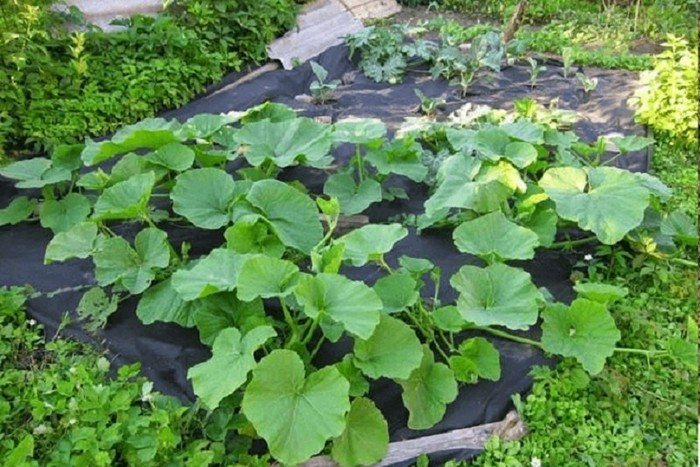
Zucchini does not grow at elevated groundwater levels. Excess liquid is not welcomed by the culture. To avoid this, create high beds. Soil is placed in a wooden box, fertilizers are added and plant bushes are planted. This device ensures the growth of zucchini.
If there is a lack of light and heat, the plant only produces ovaries, but you may not get a harvest. Zucchini loves light, which means shaded areas are not used when planting.
The growth of the vegetable is influenced by neighboring crops. If there is a pumpkin nearby, the yield decreases. And corn, tomatoes, beets, and onions have a beneficial effect on productivity.
Infertile soil affects the growth of zucchini. Therefore, the soil is fed 3 times.
Feeding:
- Before flowering. Organic matter and the preparations Agricol and Effecton are introduced.
- During the flowering period. The soil is saturated with organic matter and mineral additives.
- When forming vegetables. The drugs Buton and Agricol are used.
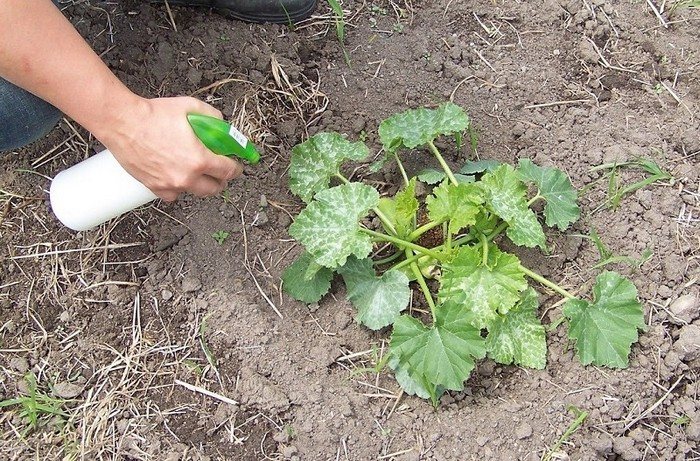
Zucchini does not grow in soils with high acidity levels. If, after testing, unsuitable soil is identified, the acidity is reduced. Slaked lime, flour, ground chalk, peat or wood ash help. After fertilization, the vegetables will bloom with new colors.
Rotting culture
Vegetables affected by rot cannot be cured, but even an inexperienced gardener can prevent the disease.
Causes of fruit rotting:
- unfavorable weather;
- fungal infections;
- lack of iodine and boron;
- excess nitrogen.
Zucchini needs a small amount of liquid and does not tolerate heat.If the heat is replaced by rainy weather, the leaves turn yellow, the ovaries fall off, and the bushes disappear.
At first, water the zucchini frequently. Use warm water. During the fruiting stage, in hot weather, water up to twice a week. The depth of water into the soil is 30 cm. A good help is mulching. Firstly, moisture will remain. Secondly, the fruits will not touch the ground. This will protect against rotting.
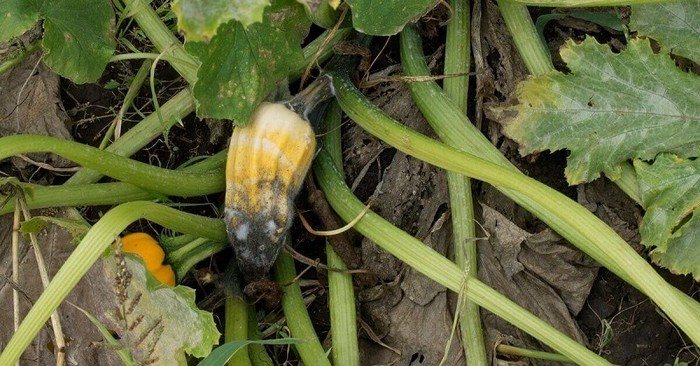
When affected by the fungus, the fruits also rot. If you see signs of rotting on at least one zucchini, the vegetable is removed. If the entire bush is affected, remove the mulch and treat the soil with preparations made from Bacillus subtilis (Fitosporin) or Trichoderma (Trichodermin).
If there is a lack of boron, the stems and stalks rot, then the leaves turn yellow and flowering stops. Preparations containing boron will help. For example, Brexit. When treating with pure boron, it is first diluted with water in a ratio of 1.5 g to 10 liters.
The missing iodine is compensated with the drug “Gumate plus 7 iodine”.
Excess nitrogen in the soil causes zucchini to rot. They fight the problem with the help of organic fertilizers. The first feeding is a solution of mullein or chicken droppings. The second one takes place 14 days later. The solution includes ammonium humate and superphosphate extract. Compost is used for mulch.
Reset of the ovary
This problem is often encountered by inexperienced gardeners who need to learn how to deal with it. When the first ovaries appear, they get rid of the flowers. Otherwise, the ovaries will fall off and you will not be able to get a harvest. The areas of the plant where the flowers grew are disinfected with ash.
The same problem occurs when there is no pollination of female buds or pollinating insects. They help the plant artificially. The male flowers with pollen are picked and the plaque is transplanted onto the pistils. And to prevent the problem from happening again, the bushes are treated with drugs that attract bumblebees and bees.
Powdery mildew causes the ovaries to fall off. To treat the disease, use a soap-soda solution, which is sprayed on the bushes. Ingredients: 5 g of soap, a teaspoon of soda, 2 liters of warm water.

Irregular shape of vegetable
It’s nice to get a rich harvest of zucchini, where the fruits are even, of the same size and color. But sometimes the shape of vegetables is irregular, the ends are swollen or narrowed, with different shades.
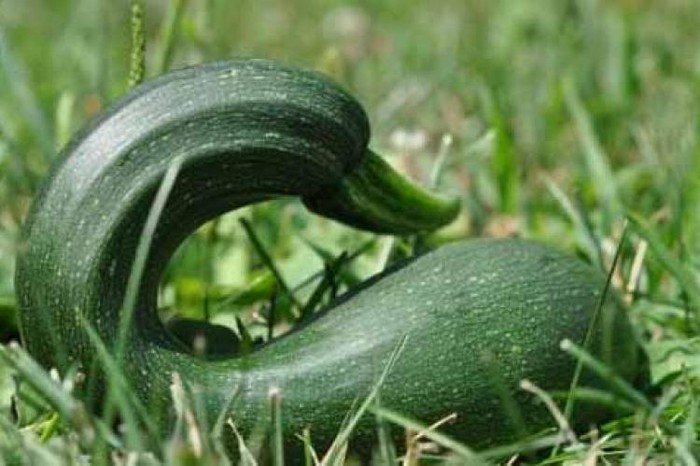
In the first case, this is a deficiency of potassium in the soil, which ash will help get rid of. Fertilizer is scattered over moist soil. 2 cups of ash are used per bush.
In another case, there is a lack of nitrogen, which is eliminated by bird droppings or mullein. Compost compositions are also suitable.
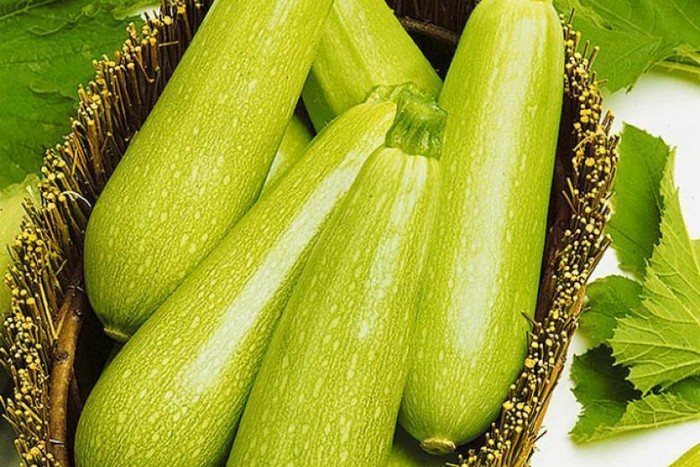
Love for the land, knowledge of the rules of agricultural technology and crop rotation, and careful attention to plants will help solve the main problems that arise when cultivating zucchini. And vegetables will respond to attention with a good harvest.


